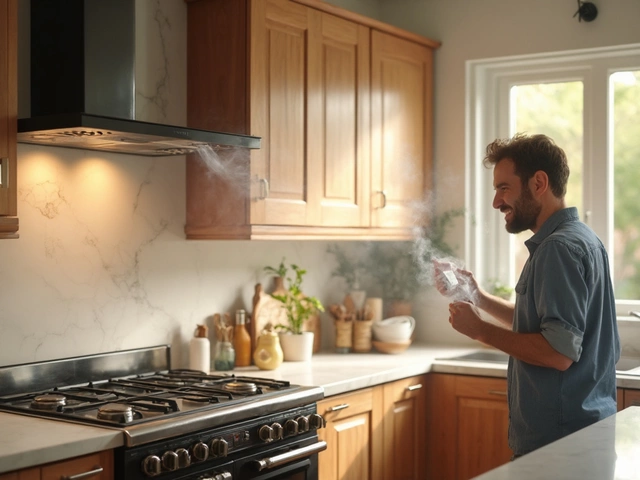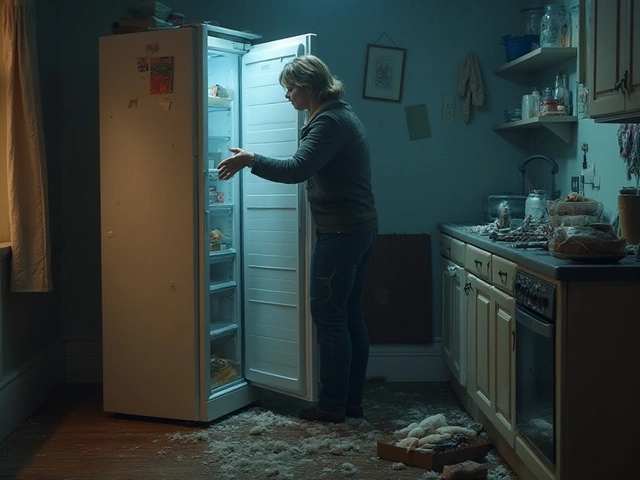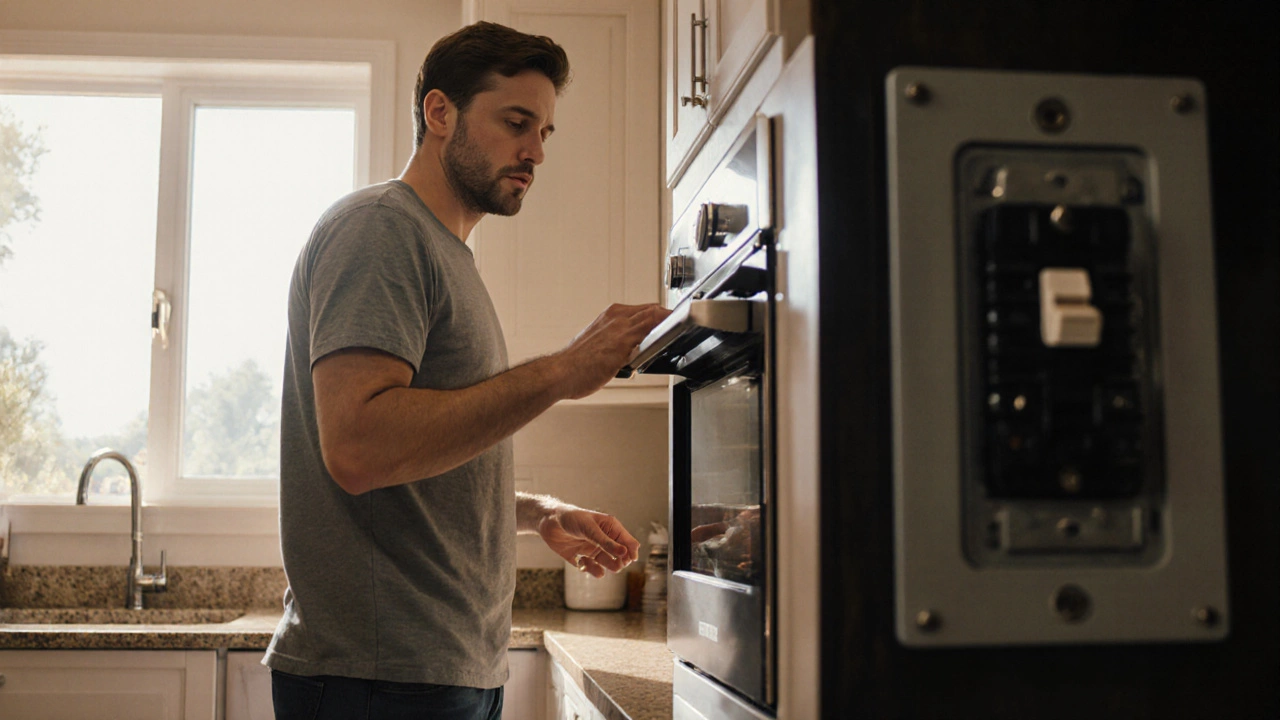Electric Oven Troubleshooting: Simple Steps to Get Your Oven Working
Got an oven that won’t heat, throws error codes, or just acts weird? Before you dial a repair service, try a few easy checks. Most problems are small and can be fixed with a screwdriver or a quick reset.
Check Power and Reset the Oven
First thing: is the oven getting power? Look at the plug, the wall socket, and the circuit breaker. A tripped breaker or a loose plug is a common cause. Flip the breaker off for a minute, then back on. Many ovens have a reset button or a simple power‑off‑and‑on cycle – hold the "Start" button for 5‑10 seconds to clear any glitches.
Inspect the Heating Elements
When the oven runs but stays cool, the heating elements are the usual suspects. Turn the oven off, let it cool, then open the door and look at the top and bottom elements. They should be smooth with no cracks or blistered spots. If you see a break, the element needs replacing. You can usually order the right part by model number and swap it yourself with a screwdriver.
Another quick test: set the oven to "Broil" and watch the top element for a few minutes. If it glows red, that part works. If not, the element or its wiring is faulty.
Thermostat, Sensor, and Door Latch
Modern ovens use a temperature sensor (a thin metal rod) that talks to the control board. If the sensor is dirty or broken, the oven may not heat. Locate it near the back wall, wipe off any grime, and check for obvious breaks. Replacing a sensor costs less than £30 and is a simple job.
The oven door must latch properly. A loose latch can shut off the heating cycle as a safety measure. Open and close the door several times; listen for a solid click. If the latch feels loose, tighten the screws or replace the latch.
Control Board and Error Codes
If your oven shows an error code, look it up in the user manual. Most codes point to a specific part – for example, "E1" often means a sensor problem, while "F2" can be a heating element fault. Resetting the oven (power off for a minute) sometimes clears temporary errors.
When the control board itself is at fault, you might see random flickering or the oven refusing to start. Swapping the board is more complex and usually worth leaving to a professional.
Safety First
Always unplug the oven or switch off the circuit breaker before opening any panels. If you smell burning, see sparks, or the oven feels unusually hot, stop immediately and call a qualified technician. Working with electric components can be dangerous if you’re not comfortable.
Finally, keep the oven clean. Food buildup on the bottom can block heat and cause overheating warnings. A quick wipe after each use goes a long way.
Try these steps, and you might have your oven back in action without a call-out. If the problem persists after checking power, elements, sensor, and door latch, it’s time to call the pros at Rugby Appliance Repair Services. We’ll diagnose the issue fast and get you cooking again.







